No products in the cart.
Return To Shop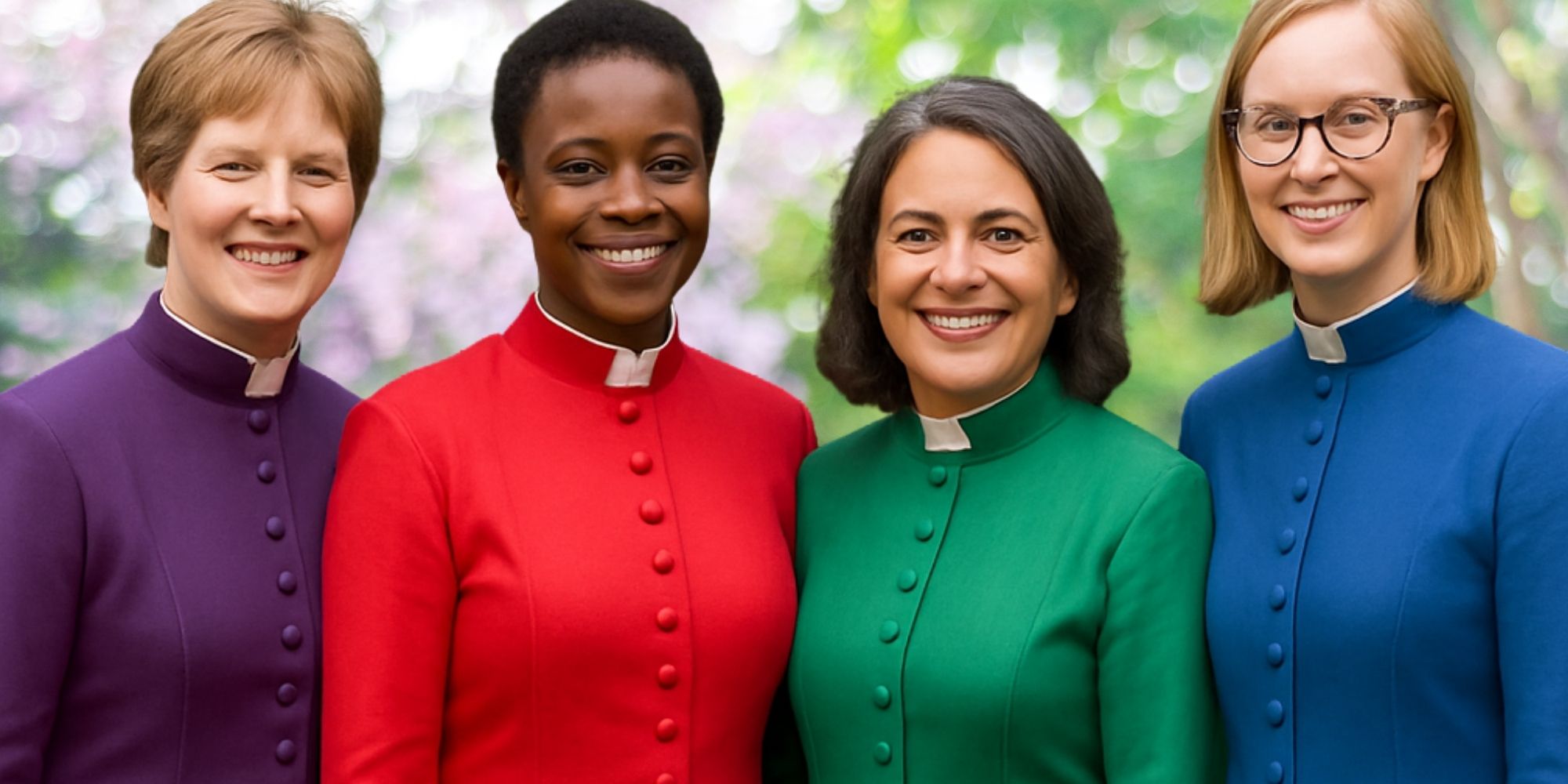
Women’s cassocks are a vital part of female clergy attire. They symbolize modesty, professionalism, and commitment to faith. These garments have a rich history, evolving in style over centuries. Traditionally, cassocks are long, ankle-length, and often black. However, modern designs offer a variety of colors and styles. Options include tailored fits, decorative buttons, and subtle embroidery.
Choosing the right cassock involves considering fabrics, colors, and fit. Wool, polyester, and cotton blends are popular for their durability. Layering is essential for both style and comfort. Cassocks can be paired with stoles, capes, or surplices. Accessories like crosses, pins, or brooches add a personal touch. Footwear should be comfortable yet formal, complementing the cassock. Understanding the significance of cassocks enhances their meaningful use in church settings. They reflect the wearer’s role and commitment within the church community.
Understanding the Women’s Cassock: History and Significance
The women’s cassock is deeply rooted in history and tradition. Initially, it served as a uniform for clergy, signifying their dedication to spiritual life. Over time, it evolved into a symbol of both modesty and authority within the church.
Understanding the cassock’s origins provides insight into its enduring importance. Historically, it denoted a clear separation between religious and secular life. This distinction highlighted the clergy’s commitment to their faith and community. The cassock’s design also carried symbolic meaning. Its long, flowing structure emphasizes humility and devotion. The color and style often reflect the wearer’s role or rank within the church hierarchy.
Here are some traditional cassock features:
- Ankle-length design
- Simple, straight cut
- Button-down front
- Often black, but available in other colors
In contemporary times, women’s cassocks offer more variety. Modern adaptations include personalized touches while maintaining their traditional significance. These changes cater to diverse needs and preferences without sacrificing the garment’s core values.
The enduring presence of cassocks within clergy attire highlights their significant role. They represent not only religious devotion but also the empowerment of women in the church. The modern cassock continues to balance tradition with personal expression.
Key Elements of Female Clergy Attire
Female clergy attire is designed with dignity and tradition in mind. The cassock, a staple, is the foundation of this ensemble. However, a complete look involves various complementary elements. A prominent feature is the surplice, an over-garment with wide sleeves. Typically, it’s white and worn over the cassock, adding a layer of elegance. This garment enhances the overall appearance, giving a classic touch to the clergy’s attire.
Other important elements include:
- Stoles: Symbolic scarves often embroidered with religious motifs.
- Clerical collars: Distinctive pieces signifying clerical authority.
- Albs: Long white robes, representing purity and service.
- Capes: Optional for added warmth and formality.
These components can be mixed and matched depending on the occasion. Each piece carries unique significance, enriching the clergy’s appearance. The choice of elements also reflects the individual’s role within the church.
Women’s clergy attire offers flexibility with style while maintaining a serious tone. Modern adaptations may introduce tailored fits or subtle embellishments. Yet, the primary focus remains on conveying respect and devotion. Selecting the right combination of these elements is crucial. It reflects the wearer’s personality and commitment while honoring tradition. Proper assembly conveys a message of reverence and elegance in any church setting.
Choosing the Right Cassock: Fabrics, Colors, and Fit
Selecting the right cassock begins with the fabric. Comfort and durability are key considerations. Wool, polyester, and cotton blends are popular choices for their long-lasting nature and easy maintenance.
The climate and setting influence fabric choice significantly. Wool is warm, ideal for colder settings, while cotton blends offer breathability for warmer climates. Polyester adds versatility, being wrinkle-resistant and easy to clean. Colors also hold deep significance in cassock selection. Black is traditional, symbolizing humility and formality. Other colors like white, red, and purple represent different liturgical seasons or church roles.
Choosing the right color involves understanding church traditions and personal preference. Each hue has a symbolic meaning, enriching the wearer’s expression of faith and position. The fit of the cassock is as crucial as the material and color. A well-fitted cassock allows for ease of movement, essential during services. It should neither be too tight nor excessively loose, striking a balance between comfort and formality.
Consider these factors when choosing your cassock:
- Climate compatibility: Match fabric to weather conditions.
- Symbolic colors: Align with church traditions.
- Fit and comfort: Ensure ease of movement.
Custom-made cassocks offer a tailored fit, enhancing personalization and comfort. They allow specific modifications, from decorative buttons to custom embroidery. This option provides a perfect blend of tradition with individual style. Understanding these elements ensures the cassock complements both the wearer and the service. The right choice reflects commitment and reverence, maintaining the sacredness of female clergy attire.
Modern Styles and Customization Options
Women’s cassocks have evolved over time, offering modern styling options. Today, cassocks feature innovative designs that blend tradition with contemporary fashion. Tailored fits are becoming increasingly popular. They provide a sleek look, complementing the natural form without compromising modesty. Subtle embroidery and decorative buttons are also trendy, adding a personal touch without overpowering the garment.
Customization allows for a wide range of personal expressions. Clergy can choose features that reflect their personality and role within the church. This personalization can include unique accents or varied sleeve designs that reflect liturgical significance. Many cassocks now incorporate practical features like pockets. These enable clergy to carry essential items discreetly during services. Such features meet the balance between style and function, crucial in clergy apparel.
Consider these modern customization options:
- Tailored fits for elegance and comfort
- Unique embroidery or buttons for personalization
- Functional elements like pockets for practicality
Customization not only enhances aesthetic appeal but also reinforces the symbolic meaning of the cassock. By integrating modern styles and personalized touches, women can express their distinct identity while honoring tradition. Exploring these options allows clergy to feel confident and comfortable during their sacred duties. The result is clergy attire that speaks volumes about both personal faith and modern adaptability.
Layering and Accessorizing Your Cassock
Layering can add elegance and depth to a woman’s cassock. It also provides functionality, especially in varying climates. Layering items like stoles or capes can transform a basic cassock into a stylish ensemble.
Stoles come in various colors and patterns, reflecting different seasons and ceremonies. They drape beautifully over the cassock, enhancing its appearance. Stoles also hold significant symbolic meaning during religious services. Surplices add texture and formality. A well-chosen surplice can lend a dignified air to the overall attire. They work well for both formal and regular church settings. Capes, on the other hand, offer warmth and a ceremonial aspect.
When accessorizing, consider subtle yet meaningful pieces. Jewelry should be minimal and purposeful. Crucifixes and brooches can serve as elegant additions, enhancing the cassock’s symbolic value.
Key accessories to consider include:
- Stoles: Adds color and meaning
- Surplices: Provides texture and formality
- Capes: Offers warmth and a ceremonial touch
For more subtle personalization, consider these accessories:
- Crosses or crucifixes: Spiritual significance
- Brooches or pins: Adds a touch of elegance
Footwear also plays a vital role. Choose low-heeled shoes or boots that complement the cassock’s style. They should be comfortable, supporting long periods of standing. Layering and accessorizing effectively elevates the cassock’s look. With thoughtful choices, women can maintain the dignity and sanctity that the cassock represents. Incorporating these elements creates a balanced, polished appearance.
Footwear and Practical Considerations
Selecting the right footwear for a cassock is crucial. Comfort and style must go hand in hand. While maintaining tradition, footwear can subtly enhance the cassock’s elegance. Low-heeled shoes or boots are common choices. They provide the necessary support for standing during services. Opt for simple designs that don’t distract from the cassock’s formality.
Material is an important consideration as well. Footwear should be durable yet comfortable for long hours of wear. Leather or other breathable materials are ideal, offering both quality and style. Besides footwear, consider practical aspects of the cassock itself. Some cassocks feature pockets. This detail is beneficial for carrying essential items discreetly.
When choosing shoes, keep in mind:
- Comfort: Supports long periods of standing
- Style: Complements the cassock without overshadowing it
- Material: Durable yet breathable
These practical considerations ensure clergy can focus on their role without distraction. Footwear and garment details work together to create a cohesive and functional church outfit. Making informed choices aids not only in comfort but also in preserving the attire’s aesthetic integrity.Styling for Different Church Occasions Different church occasions call for unique styling of cassocks. Understanding these variations enhances both function and ceremony. Adapting the cassock can elevate the experience for clergy and attendees alike.
Regular services often demand simplicity. Pairing with minimal accessories keeps the focus on the service itself. Special ceremonies, such as weddings or baptisms, allow for more ornate attire. Consider adding a stole or cape for these events. This layer can introduce color and symbolism, adding to the occasion’s significance. For high holy days or celebrations, vibrant cassocks are appropriate. Incorporate colors that reflect the church’s themes or messages. This approach adds visual impact and maintains a festive spirit.
When choosing how to style your cassock for an event, consider:
- Service type: Regular, special, or high holy day
- Color symbolism: Reflects themes or messages
- Accessories: Enhance without overwhelming
These guidelines help tailor a cassock to each occasion, balancing tradition with personal expression. Every element, from color to accessory, contributes to a cohesive and meaningful presentation. Thoughtful styling honors both the church’s history and its present-day practices.
Ethical and Sustainable Choices in Clergy Apparel
In today’s world, ethical and sustainable choices in clothing are vital. This consideration extends to clergy apparel as well. Choosing garments that align with these values reflects a commitment to both faith and responsibility.
Opt for cassocks made from sustainable materials. Fabrics like organic cotton or recycled polyester are excellent choices. They reduce the environmental impact and offer a meaningful alternative to traditional options.
Brands offering fair-trade certifications ensure ethical labor practices. Supporting these companies promotes fair wages and safe working conditions. It’s a choice that resonates well with the core values of compassion and justice.
When selecting an ethical cassock, consider the following:
- Material: Organic or recycled
- Certification: Fair-trade or eco-friendly
- Brand reputation: Commitment to ethical practices
These factors help guide purchases toward more responsible options. Embracing sustainability in clergy apparel aligns with a larger commitment to stewardship of the Earth. By making informed choices, clergy can lead by example within their communities.
Caring for Your Cassock: Maintenance and Longevity
Proper care of your cassock ensures it remains pristine and lasts for years. With the right maintenance, you can maintain its look and integrity. This not only preserves the garment but also respects its role in your clergy duties.
Regularly clean your cassock to avoid stains and odors. Depending on the fabric, dry cleaning might be necessary. Always check the care label for specific washing instructions and avoid bleach, which can damage the fabric.
To prolong the life of your cassock, consider these tips:
- Store in a cool, dry place
- Use padded hangers to maintain shape
- Repair minor tears promptly
Following these practices will help keep your cassock in top condition. It’s also wise to inspect the garment occasionally for any signs of wear. By investing time in its upkeep, you can ensure that your cassock remains a dignified part of your clergy attire.
Where to Shop: Finding Quality Women’s Clergy Wear
Finding the right cassock requires attention to quality and style. Many options are available for sourcing women’s clergy wear. Specialty stores and online platforms offer a wide array of choices to explore.
When shopping for a cassock, consider these reputable sources:
- Specialty religious attire shops
- Online clergy apparel retailers
- Custom tailors with clergy experience
These outlets provide options tailored to your needs and preferences. They often offer custom services for a personalized fit. Take the time to explore various suppliers to ensure quality and durability in your selection.
Remember, a quality cassock is an investment in your ministry and personal comfort. Look for shops known for their craftsmanship and customer service. By choosing wisely, you can find a cassock that embodies both tradition and personal style.
Conclusion:
Women’s cassock wear beautifully blends tradition with personal expression. By choosing appropriate styles, fabrics, and accessories, one can respect tradition while adding a touch of individuality. The key is balancing church customs with personal taste. A well-chosen cassock not only fulfills religious roles but also empowers the wearer. Embrace the elegance and history of this unique attire by selecting pieces that resonate with your faith and personal journey.

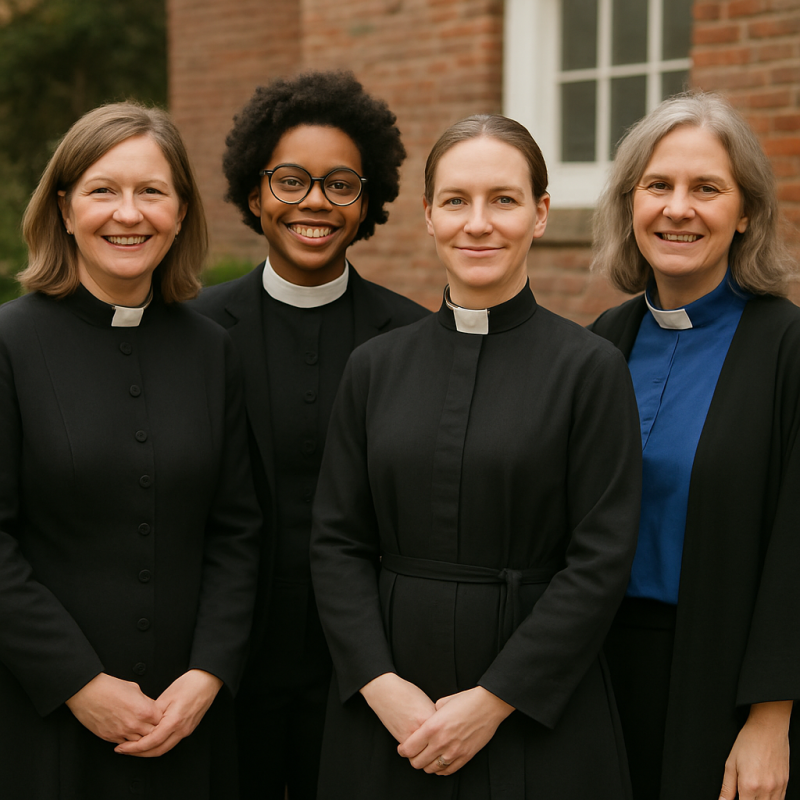
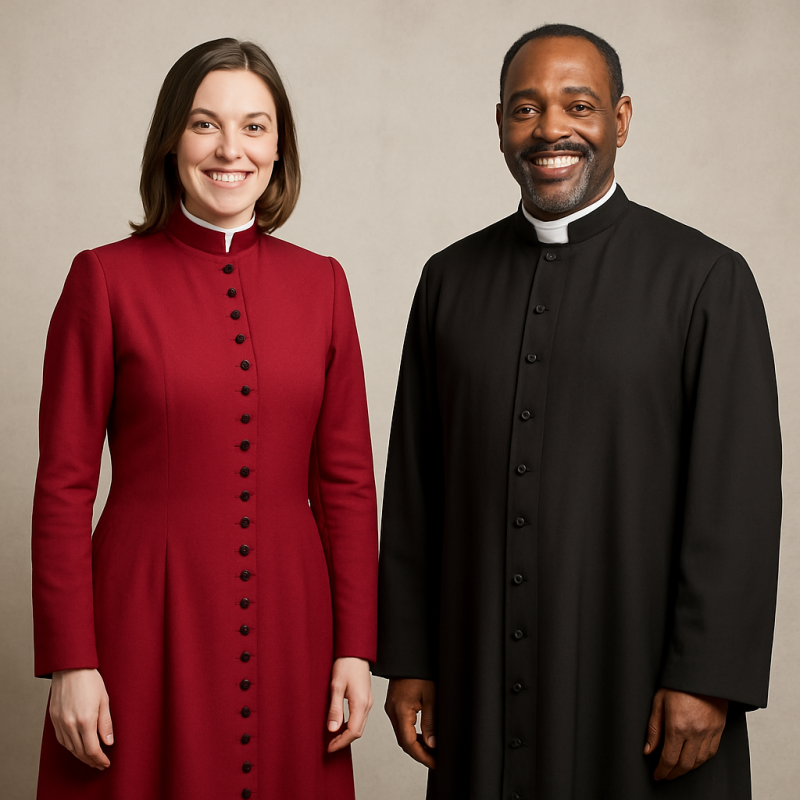

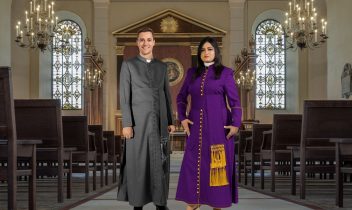
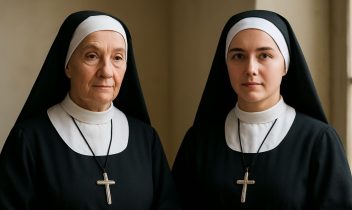
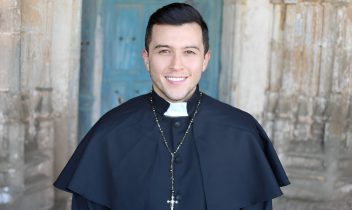
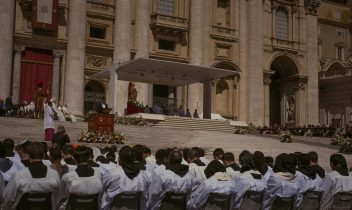

Recent Comments